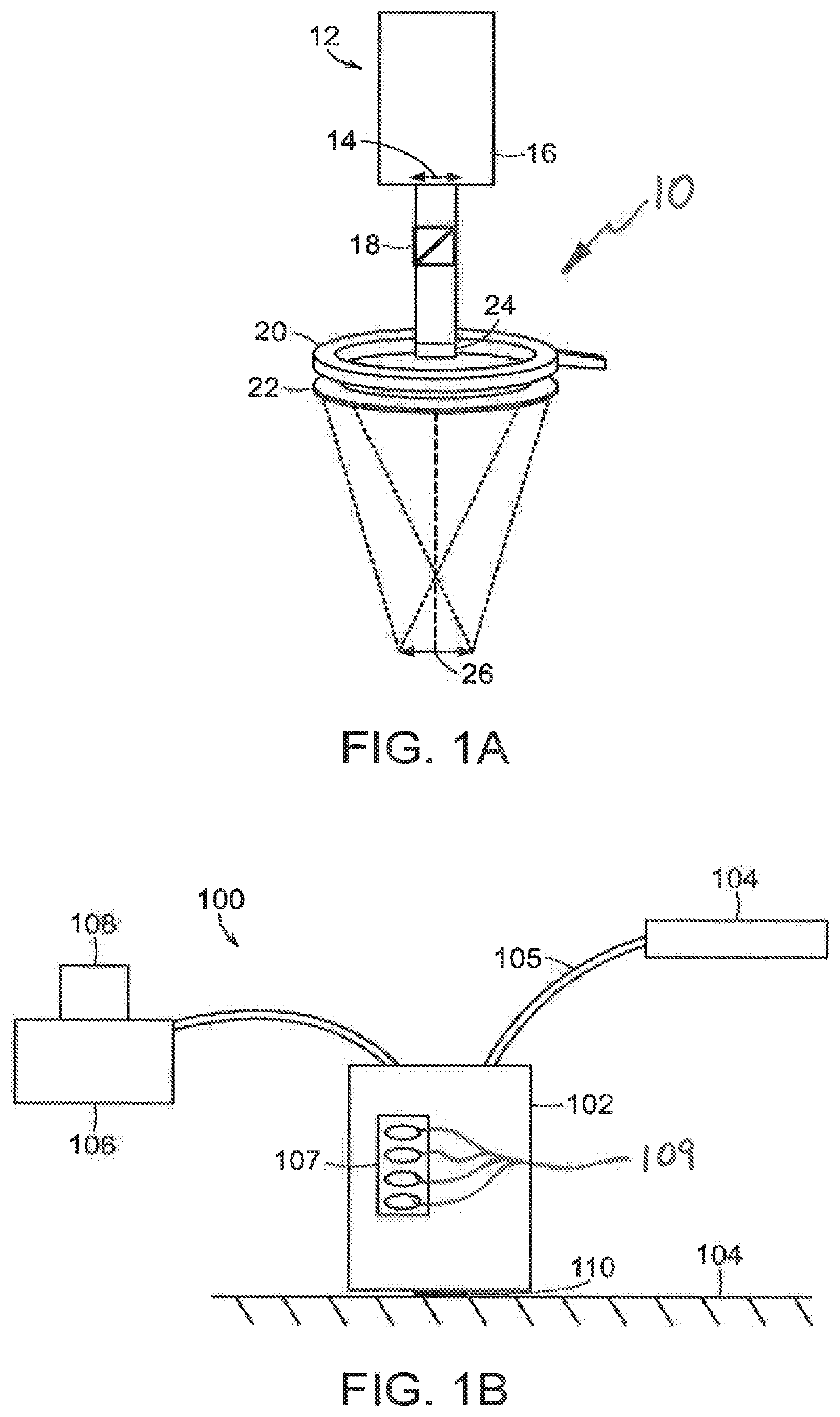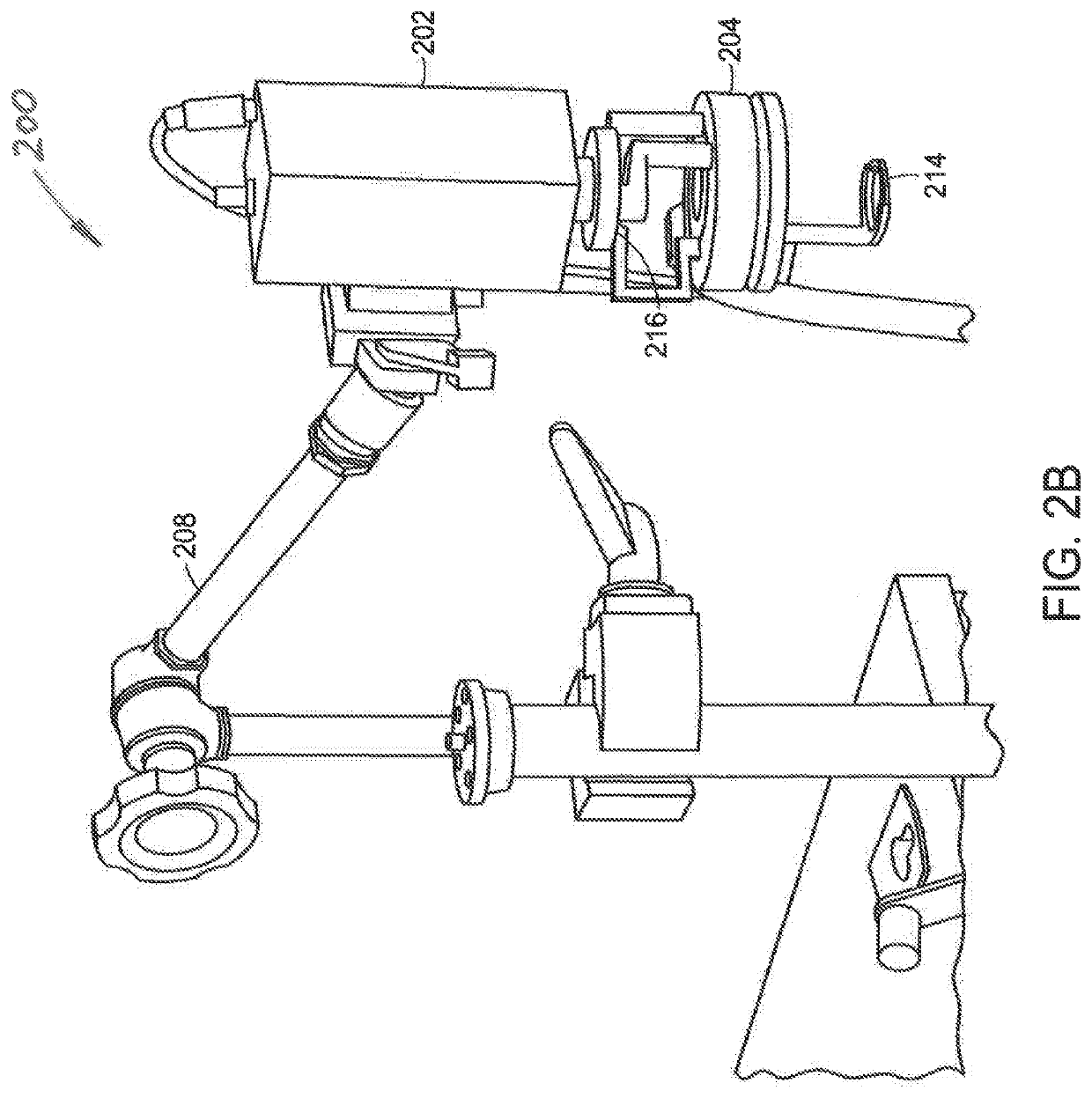Instruments and methods for imaging collagen structure in vivo
a collagen structure and instrument technology, applied in the field of instruments and methods for imaging can solve the problems of inability to perform in vivo or in real time, inability to yield high contrast, high resolution images of collagen structure in vivo, etc., to improve the surgeon's estimation of tumor margins, reduce variability in total number, and streamline the overall procedure
- Summary
- Abstract
- Description
- Claims
- Application Information
AI Technical Summary
Benefits of technology
Problems solved by technology
Method used
Image
Examples
Embodiment Construction
[0056]The subject technology overcomes many of the prior art problems associated with in vivo examination of skin. The advantages, and other features of the instruments and methods disclosed herein, will become more readily apparent to those having ordinary skill in the art from the following detailed description of certain preferred embodiments taken in conjunction with the drawings which set forth representative embodiments of the present invention and wherein like reference numerals identify similar structural elements.
[0057]Referring now to FIG. 1A, a schematic view of the light delivery and detector elements 10 of a wide-field imaging instrument 100 (FIG. 1B) is shown. The instrument 100 can generate images of collagen structures of the skin with intact epidermis. FIG. 1B shows a schematic view of the instrument 100 including a handheld unit 102. As shown in FIG. 1A, the light delivery and detector elements 10 include a camera housing 12 in which a detector 16 such as CCD or CM...
PUM
 Login to View More
Login to View More Abstract
Description
Claims
Application Information
 Login to View More
Login to View More - R&D
- Intellectual Property
- Life Sciences
- Materials
- Tech Scout
- Unparalleled Data Quality
- Higher Quality Content
- 60% Fewer Hallucinations
Browse by: Latest US Patents, China's latest patents, Technical Efficacy Thesaurus, Application Domain, Technology Topic, Popular Technical Reports.
© 2025 PatSnap. All rights reserved.Legal|Privacy policy|Modern Slavery Act Transparency Statement|Sitemap|About US| Contact US: help@patsnap.com



